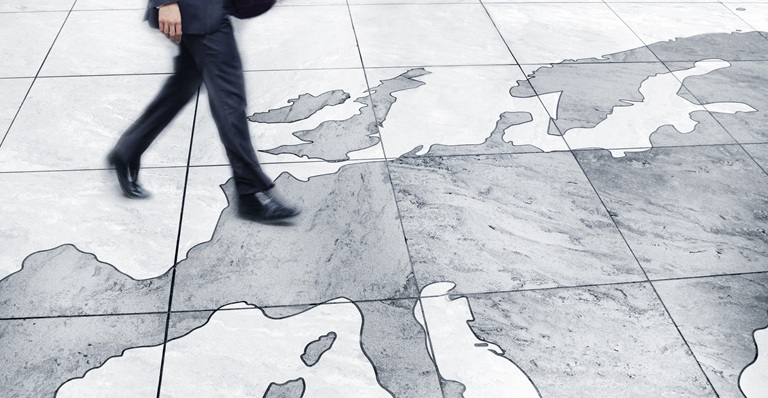The economic bounce back remains incomplete, and the near-term outlook in many parts of the world is deteriorating. As the global pandemic proves to be no quick fix, the implications from the protracted downturn it has created is forcing many to adapt to more permanent, structural shifts, instead of waiting out the pandemic.
This has translated into a slow and uneven economic recovery. We expect economic activity and employment to continue inching their way back to pre-pandemic levels over 2021, with global gross domestic product (GDP) growth forecasted to go from -4.3% this year to 6.6% in 2021. The strength of the recovery depends upon containing infections as well as government support—two features that aren’t guaranteed to continue until a COVID-19 vaccine becomes widely available.
This shaky global context is weighing on our outlook for sovereign governments, which in some cases are having to pull back from fiscal stimulus measures to maintain their creditworthiness. Since the pandemic struck, we’ve downgraded 68 sovereign risk ratings and only upgraded two. The growing sense is that even in our five-year outlook, many countries will struggle to regain the ground they’ve lost since March.
Even so, some governments are proving their resilience thus far, and we haven’t yet seen the steep debt cliff on the near horizon that would set up a series of sovereign defaults. So far, only markets with debt sustainability issues that were apparent long before the pandemic—such as Zambia, Lebanon and Argentina—have defaulted, and their unique challenges may mean that the risks of debt contagion—whereby other sovereigns participate in similar distressed debt exchanges—has yet to materialize.






